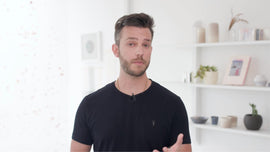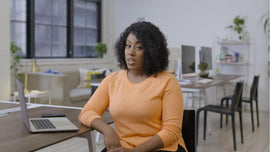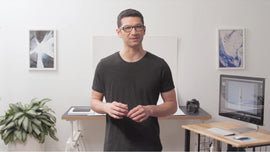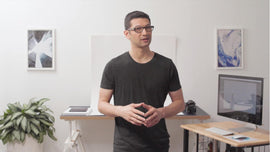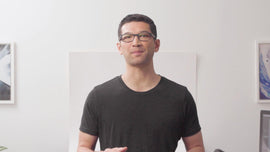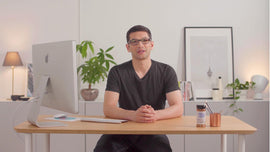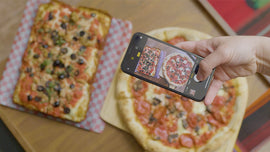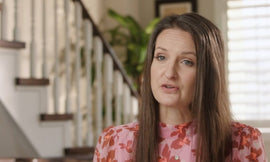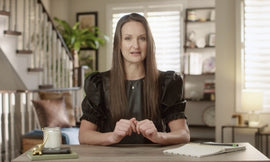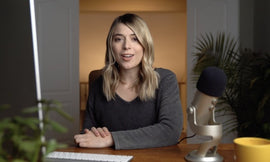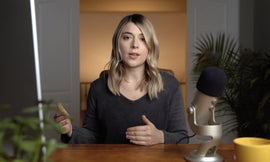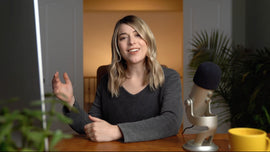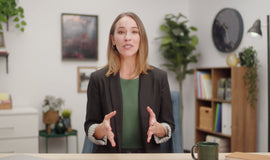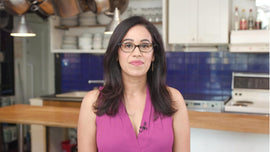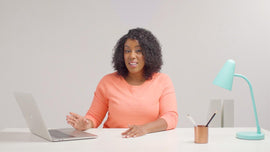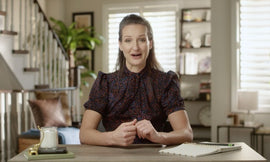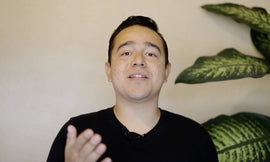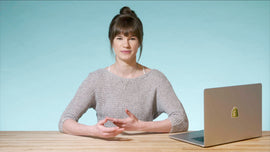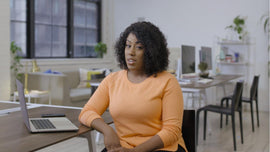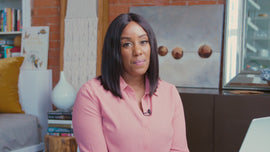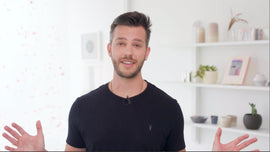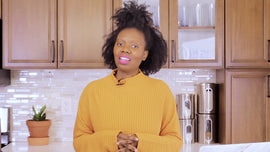-
I have some good news and some other good news. The good news is that if you follow the five principles you'll learn in this lesson, you'll be able to create beautifully designed emails that convert subscribers into customers. The other good news is that if you completely blow off this lesson, a very simple, text-only email will still be great at converting subscribers into customers. Yes, this is contradictory, but you can use this information to your advantage. Both well-designed and plain text email marketing works.
-
The key is to be good at either. But not all of us are Leo Burnett, and most of us are selling physical products, so let's talk about image-based emails and good design in this lesson. At my agency, Growth Engines .io, we've got five principles for good email design. The first principle is to simplify your offer. In each email you send out, get clear on what action you want your customer to take before you start designing.
-
This will help you reverse-engineer the process of figuring out what to say. Designing with a single call to action in mind is optimal. Though you may be thinking, I seem to get emails all the time from major brands with multiple offers, how are they making that work? Well, they probably aren't. At my current company, AutoAnything, a nine-figure business with three million e-mail subscribers, we took our emails from five offers per email down to one and conversions and revenue increased.
-
Pick one offer. Make the design simple and clean. Use one to two fonts maximum. Number two tip: show the readers the way. Create a clear visual hierarchy with the most important image or copy at the beginning in the biggest font. This will help make your email copy scannable. Use headings, subheadings and bold text to make emails easy to scan. Always lead with your best content.
-
Allocate real estate for secondary offers lower in the email. I strongly recommend using the one-column email layout when designing your emails. This works great across devices and is less overwhelming to the user. One column designs restrict options for the user and are quicker to process. Number three, optimize your call to action button. The CTA is the call to action.
-
You want a singular CTA in each email you send out. So, step one is to ensure you actually have a CTA button. I recommend making the CTA button big, make it obvious that you want your subscriber to click on it. For reference, according to an M.I.T. study, the average size of an adult index finger is between 1.6 centimeters and 2.0 centimeters, which translates to between 45 x 45 pixels and 57 x 57 pixels on a mobile device.
-
That's big, right, we have big fingers and fat ones if you're like me and eat In-N-Out every week. Be sure to use contrasting colors on the button as well, so every customer can very clearly see where they should click. Think of the button color as a visual cue that helps your prospects hone in on the button. For the copy on your button, avoid boring words like "submit," "enter," or "click here." Go for words that are on-brand and more compelling.
-
Some examples include "Let's do this." "I'm in!" "Get started." "Off we go." The next principle, number four, is to add engaging imagery. You're probably already thinking of adding high quality photography to your emails, though have you thought of adding .gifs or .gifs or however you say it? The Email Institute found that animated .gif emails see an increase in click through rates of up to 26 percent.
-
Now, I'm not just talking about the fun, meme-type .gifs, I'm talking about .gifs that show off how your product works, or perhaps shows different styles of the same product. You can make your own .gifs with tools like GIFMaker or Giphy. Note that your .gif size should not exceed 40 kilobytes. Another way to use images in an interesting way is with directional cues. You can influence the way your reader goes through the email by the placement of visuals.
-
And the final principle, number five, mobile first for the win. The last four years, smartphone usage has increased by almost 400 percent, tablet usage by 2000 percent. Your potential customers will likely be reading your email while they're on the subway, waiting in line or sitting on the can. So, the first tactic is to ensure that you use a mobile friendly layout and short subject line.
-
The easiest way to test this is to send yourself an email before you send it to your list and check it on your smartphone. To recap the five design principles: simplify your offer, show the readers the way, optimize your call to action button, add engaging imagery and mobile first for the win. Now you know what to add to your welcome series, how to write the copy and how to design your emails to start sending them out.












